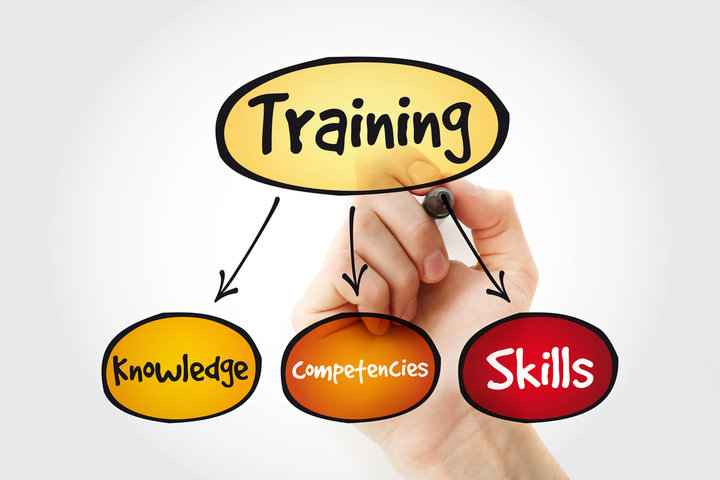A well-structured training department is more than just a support function; it’s a strategic driver for organizational success. Whether you’re in a small business, a large corporation, or a nonprofit, building an effective training department ensures that employee development is consistent, scalable, and aligned with business goals.
So, what are the key components of a training department that runs smoothly without constant external dependency? Here’s what you need:

1️. Clear Skills & Competency Framework
Every role within the organization should have a well-defined skills matrix that outlines:
- Core competencies
- Role-specific skills
- Growth pathways
This ensures that employees know what’s expected and managers can identify skill gaps effectively.
2️. Reliable & Valid Training Materials
A training department has its own repository of structured training materials; from e-learning modules and guides to interactive workshops. Every resource should be:
- Up to date – Relevant to industry standards
- Validated – Tested for effectiveness
- Easily accessible – Organized in a centralized system
3️. Comprehensive Role Descriptions
Training can’t be effective if roles are unclear. Well-documented job descriptions ensure that learning objectives align with job requirements. This also helps in designing role-specific onboarding and development plans.
4️. Standardized Assessment Tools
Training isn’t just about delivering content—it’s about measuring impact. A self-sufficient training department includes:
- Skill assessments
- Knowledge checks
- Performance-based evaluations
These tools should be reliable and standardized to measure competency improvements over time.
5️. Technology-Enabled Learning Systems
A Learning Management System (LMS) or similar platform allows for:
- Scalability – Employees can access learning materials anytime, anywhere
- Tracking & Reporting – Measure participation and progress
- Automation – Reduce administrative burden on training teams
6️. Trainers & Internal Subject Matter Experts (SMEs)
Instead of relying solely on external trainers, a strong internal network of SMEs and certified trainers can sustain knowledge sharing within the company. Investing in Train-the-Trainer programmes is a smart way to achieve this.
7️. Continuous Improvement Culture
A self-sufficient training department doesn’t operate in a vacuum. It must continuously:
- Gather feedback from learners
- Update content based on industry trends
- Adjust training based on performance data
Final Thoughts:
Building a training department requires upfront effort, but the long-term benefits; improved employee performance, retention, and business growth; are well worth it.
At Olive Training Consultants, we specialize in helping organizations establish structured, self-sufficient training programs. If you need guidance in setting up competency frameworks, training materials, or assessment tools, we’re here to help! Feel free to reach out for expert support.


